Description
The unique chemical composition of Hastelloy C-276 alloy is the key to its excellent performance.
| Element |
Nickel (Ni) |
Chromium (Cr) |
Molybdenum (Mo) |
Tungsten (W) |
Iron (Fe) |
Cobalt (Co) |
Manganese (Mn) |
Silicon (Si) |
Carbon (C) |
Phosphorus (P) |
Sulfur (S) |
Vanadium (V) |
| C-276 alloy |
≥57% |
14.5 – 16.5% |
15.0 – 17.0% |
3.0 – 4.5% |
4.0 – 7.0% |
≤2.5% |
≤1.0% |
≤0.08% |
≤0.01% |
≤0.04% |
≤0.03% |
≤0.35% |
- International Standards: Hastelloy C-276 is well – recognized globally. Its UNS number is N10276.
- Equivalent Grades: In different countries and industries, it may also be known by other designations, which are all based on its consistent chemical and performance characteristics.
- Plain Weaving: Available in a range of 1 – 200 mesh/inch. For example, 50#, 80#, 100#, 150#, 200# plain weave Hastelloy C-276 alloy mesh are usually in stock, providing a basic and commonly used option for various applications.
- Twill Weaving: Offered in the range of 1 – 500 mesh/inch. Sizes like 60#, 100#, 120#, 200#, 300# twill weave alloy mesh are stocked, which can offer different levels of porosity and strength compared to plain weave.
- Dutch Weaving: Ranging from 12x64mesh/inch to 325*2300mesh. Specific sizes such as 150x1000mesh, 180x1200mesh Dutch weave Hastelloy C-276 alloy wire mesh are available in stock, suitable for applications that require high – precision filtration or unique structural requirements.
Standard roll sizes 1x30m, 1.22x30m, 1.5x30m. custom roll widths and lengths can also be produced according to specific customer needs, ensuring flexibility in usage for different projects.
For detailed weaving mesh size information, customers can refer to relevant articles on our website. For any further inquiries, please feel free to contact us at info@jiahongmetal.com
I. Physical Properties of Hastelloy C-276 Alloy Wire Mesh
| Property |
Details |
| Density |
Approximately 8.9 g/cm³ |
| Melting Point |
1325 – 1370°C |
| Thermal Conductivity |
Approximately 10.2 W/(m·K) at 20°C (changes with temperature, relatively low) |
| Coefficient of Linear Expansion |
Approximately 11.5×10⁻⁶/°C (20 – 100°C) |
| Electrical Resistivity |
Approximately 1.35 μΩ·m (20°C) |
| Magnetism |
Non-magnetic |
II. Chemical Properties of Hastelloy C-276 Alloy Wire Mesh
| Property |
Details |
| Corrosion Resistance |
<ul><li>High resistance to strong acids like hydrochloric acid, sulfuric acid, nitric acid</li><li>Resistant to chloride-containing environments, seawater, and various chemical solvents</li><li>Excellent performance in both oxidizing and reducing environments</li><li>Outstanding resistance to pitting corrosion, crevice corrosion, and stress corrosion cracking</li></ul> |
| Oxidation Resistance |
Forms a stable protective oxide film on the surface in high-temperature environments; can maintain good oxidation resistance in air at up to approximately 1000°C |
| Chemical Reactivity |
Chemically stable at room temperature; reacts with certain substances under extreme conditions (high temperature, strong chemical concentrations), but with a relatively slow reaction rate |
Due to its excellent properties such as high corrosion resistance and high – temperature strength, Hastelloy C-276 alloy mesh has a diverse range of applications.
- Chemical Industry:
- Reaction Vessels: Used as linings or internal components in reaction vessels to resist the corrosion of various chemical substances during chemical reactions, ensuring the integrity of the equipment and the purity of the products.
- Piping Systems: Ideal for transporting highly corrosive chemicals. It prevents leakage and corrosion damage, guaranteeing the safe and efficient operation of the pipeline system.
- Petroleum and Gas Industry:
- Oil and Gas Wells: Applied in downhole tools, tubing, and casing. It can resist the corrosion of aggressive fluids like hydrogen sulfide, carbon dioxide, and high – salinity brines in oil and gas wells, extending the service life of the equipment.
- Refineries: Utilized in distillation columns, reactors, and heat exchangers for oil refining processes. It can withstand the harsh chemical environment and high – temperature conditions, ensuring the normal operation of the refinery.
- Environmental Protection:
- Waste Incineration Plants: Used in parts exposed to high – temperature and corrosive flue gases, such as heat exchangers and chimneys. It can resist the corrosion of acidic gases and particulate matter in the flue gas, reducing maintenance costs and ensuring the long – term operation of the incinerator.
- Water Treatment Facilities: Employed in filters and treatment devices. It can resist the corrosion of various chemicals used in water treatment processes and effectively filter out impurities, helping to purify water.
- Aerospace and Defense:
- High – temperature Components: Applied in engine parts such as combustion chambers, turbine blades, and exhaust systems. It can maintain its mechanical properties at high temperatures, ensuring the reliable operation of aircraft engines.
- Structural Components: Used in aircraft and spacecraft structures. Its high strength – to – weight ratio and corrosion resistance make it suitable for applications where lightweight, high – strength, and corrosion – resistant materials are required.
- Medical Field:
- Medical Equipment: Due to its excellent corrosion resistance and biocompatibility, it can be used in some medical equipment that comes into contact with body fluids or corrosive cleaning agents, ensuring the safety and durability of the equipment.
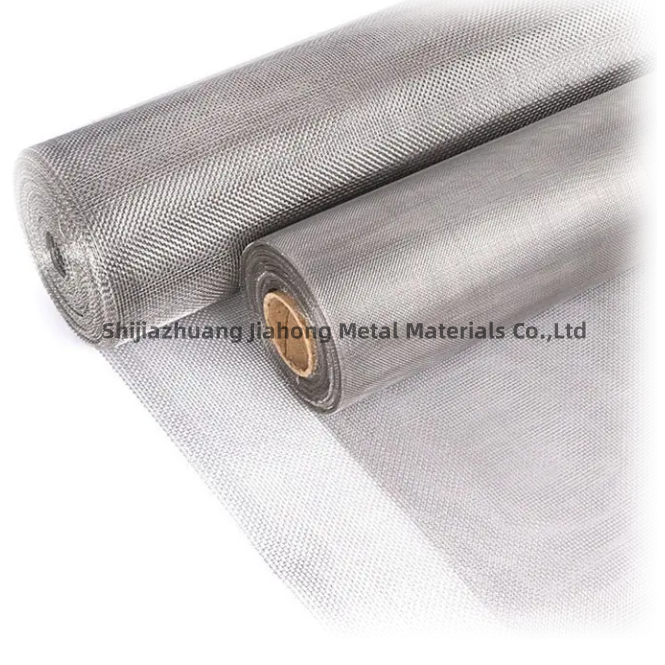
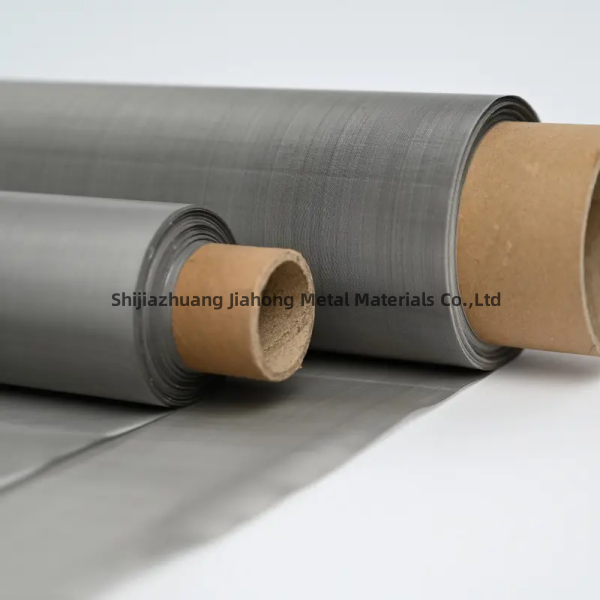
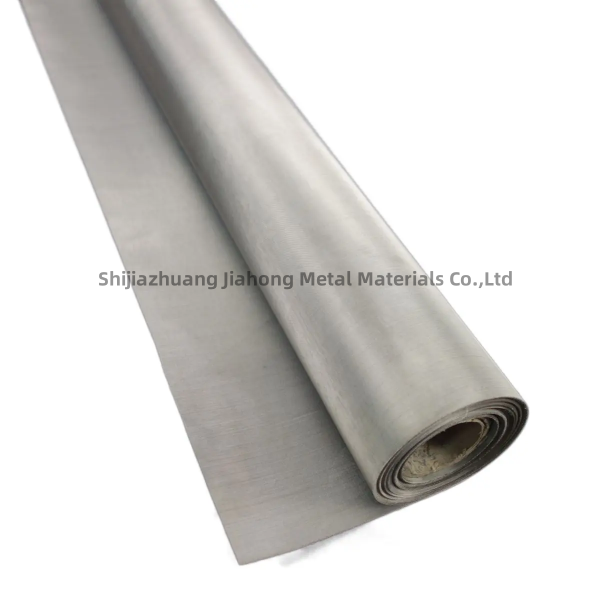
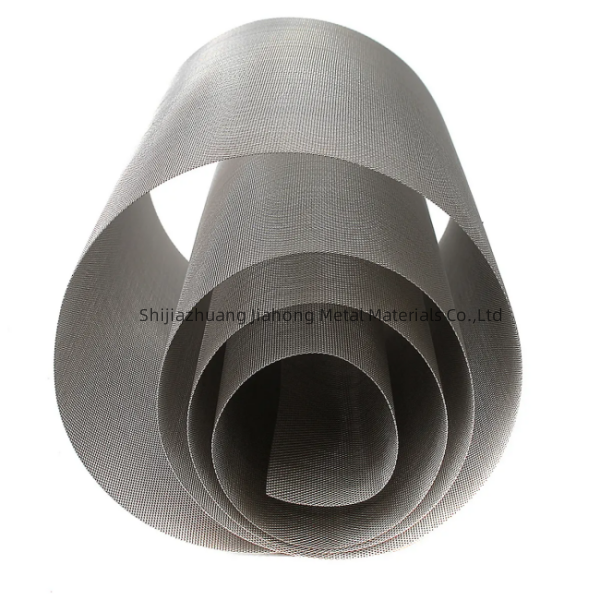
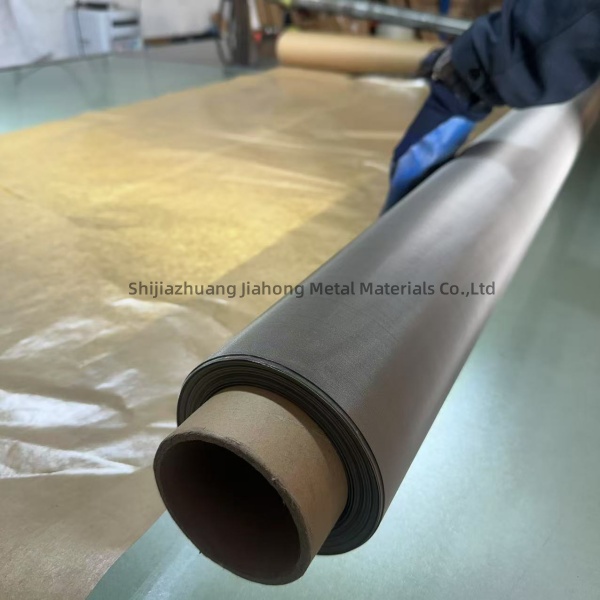
Reviews
There are no reviews yet.